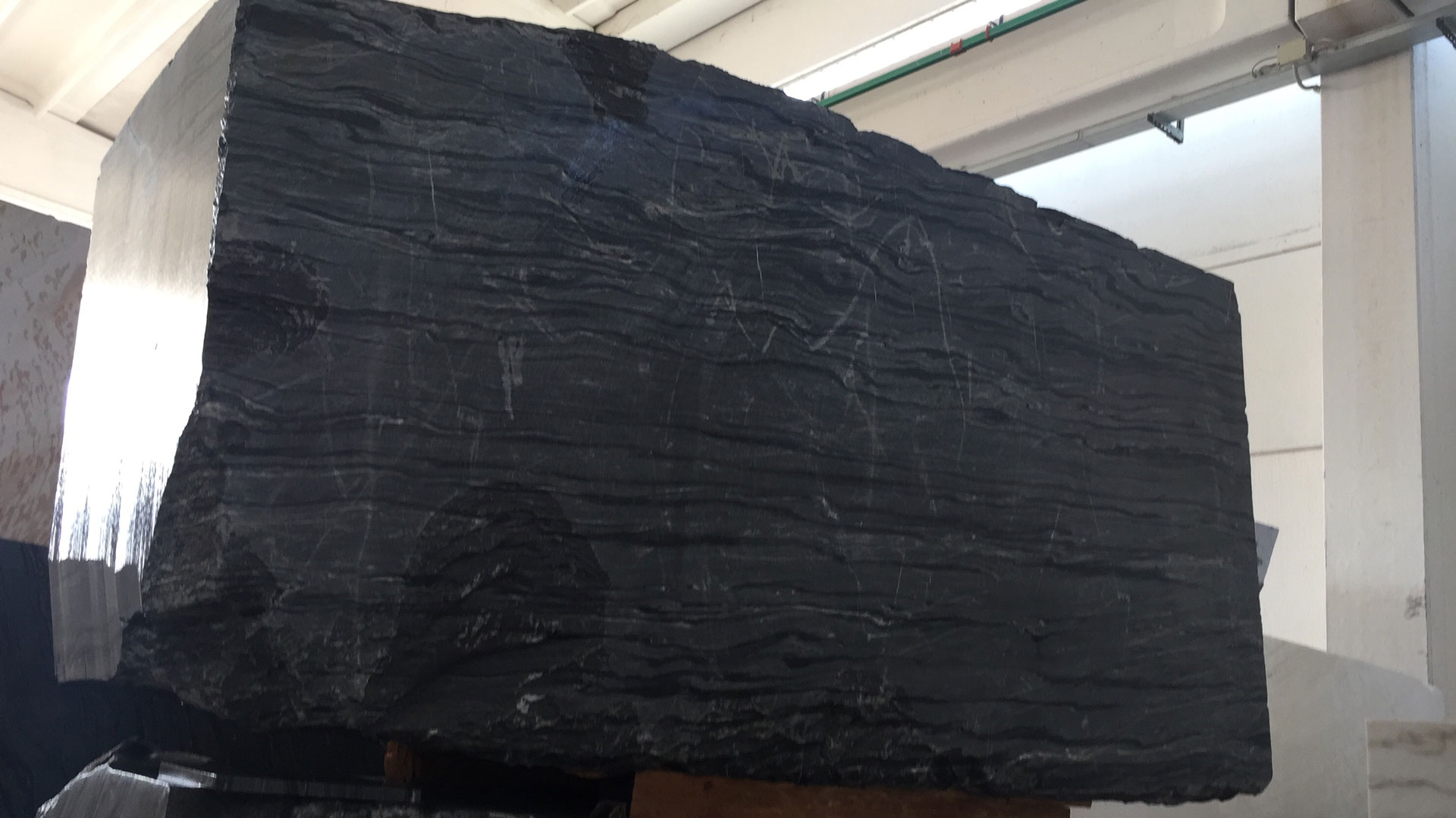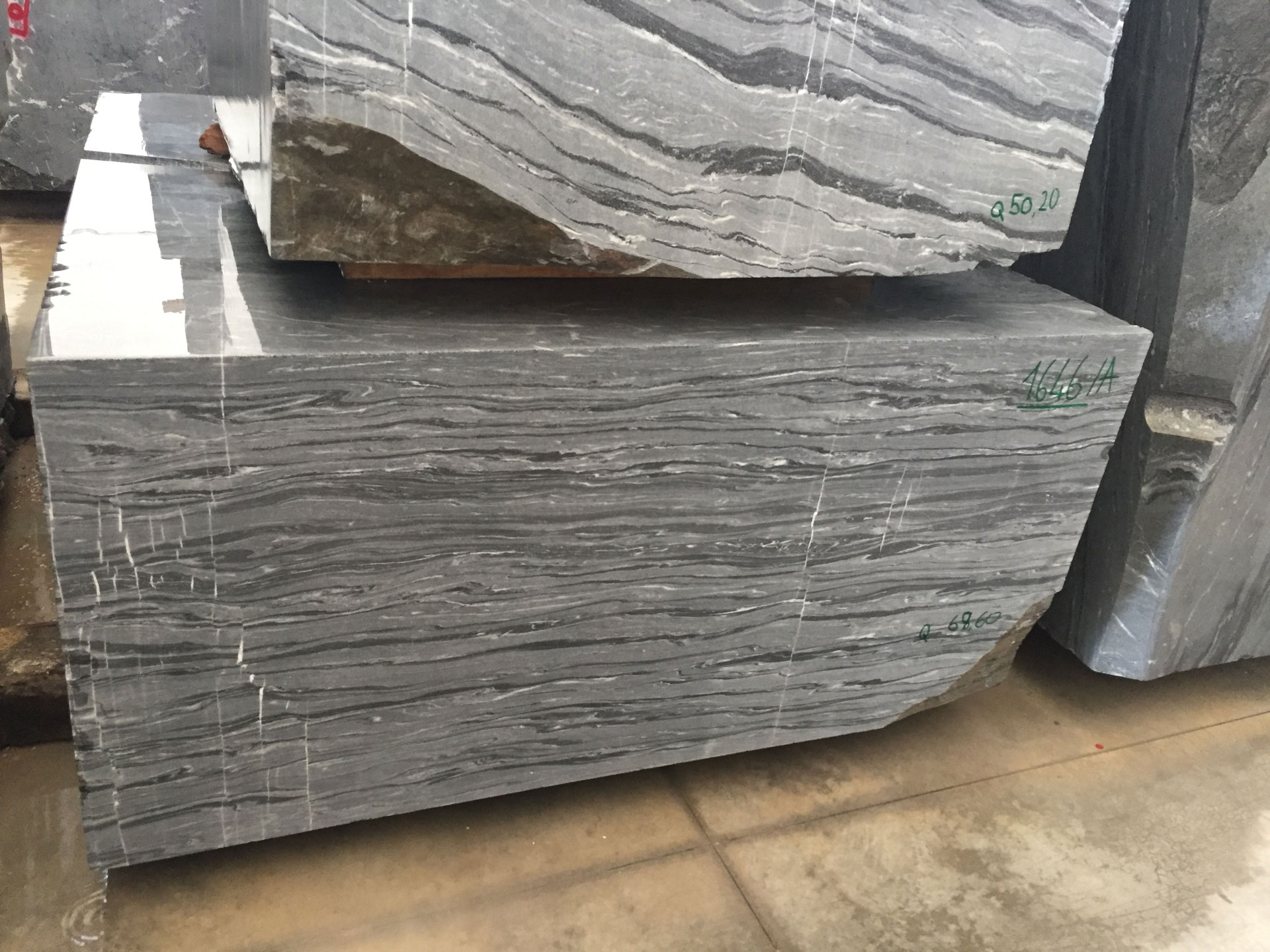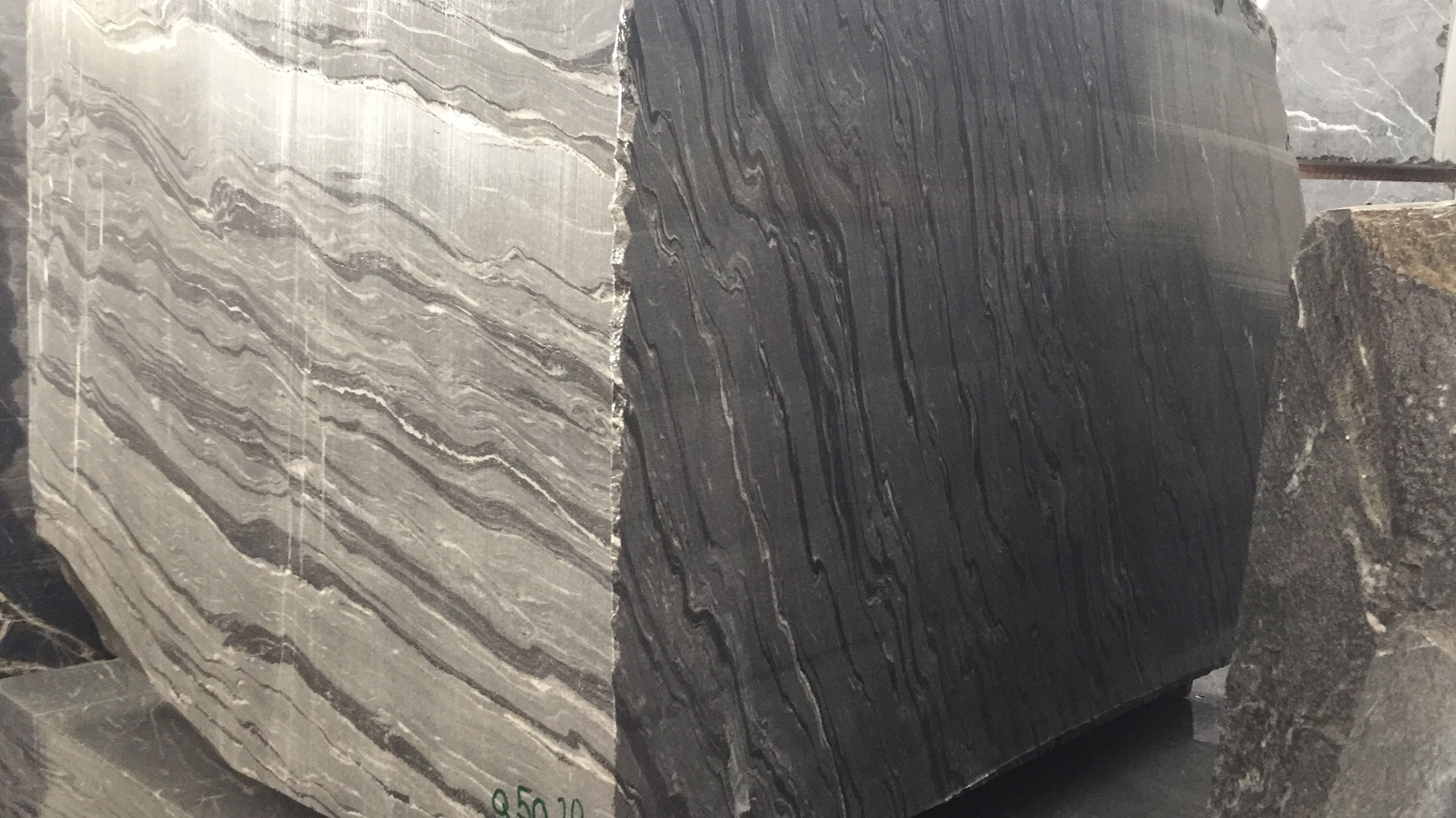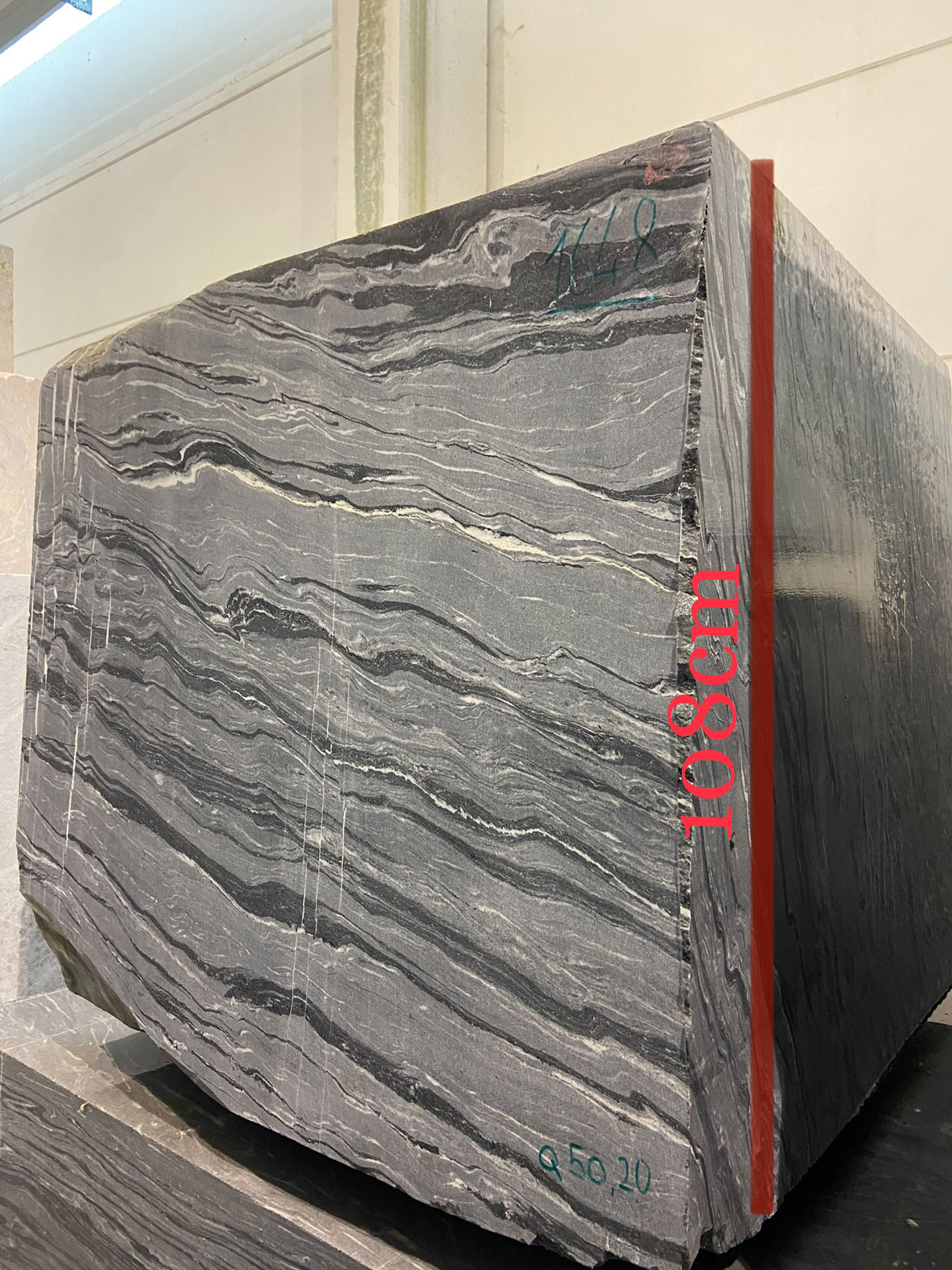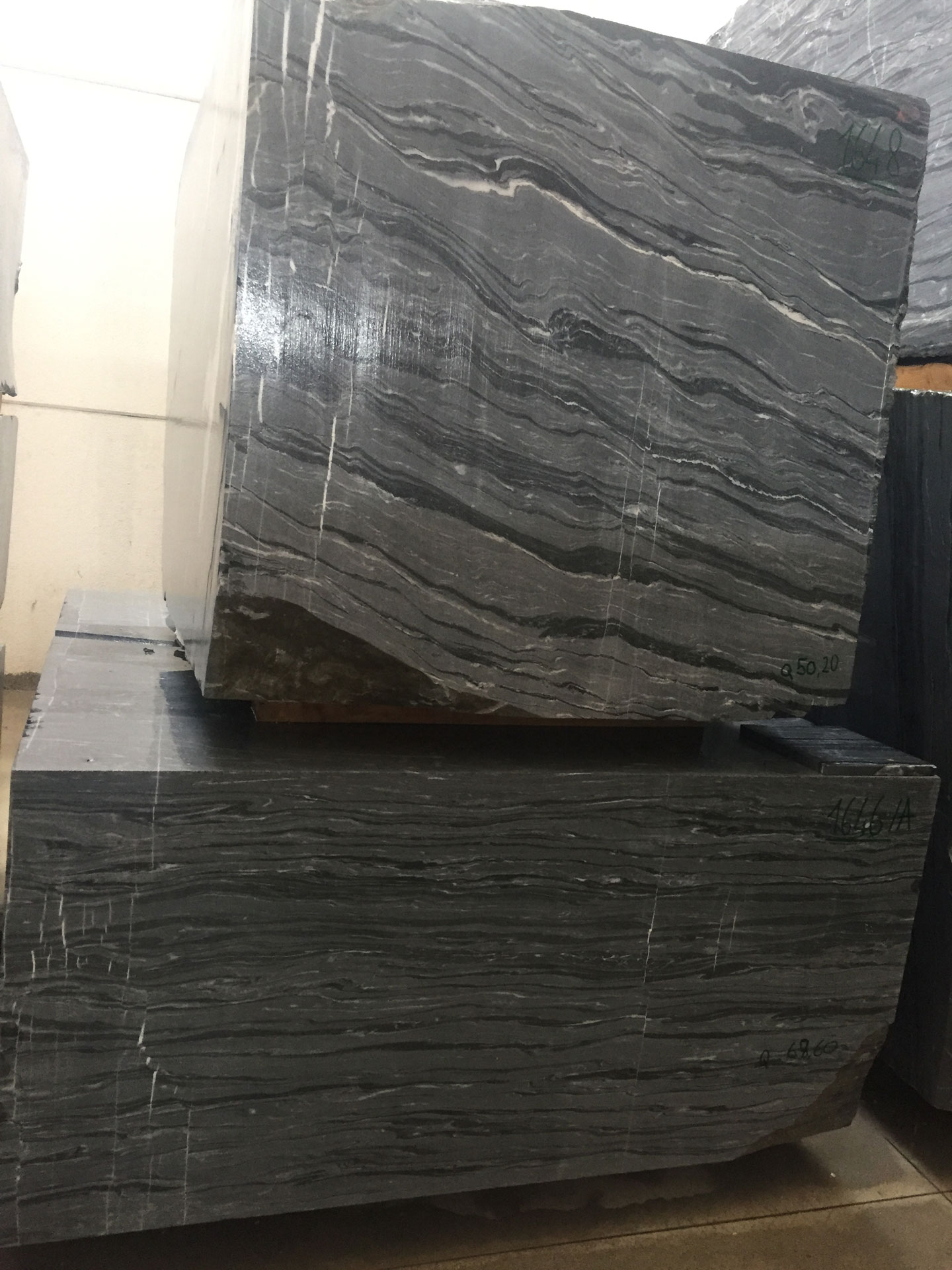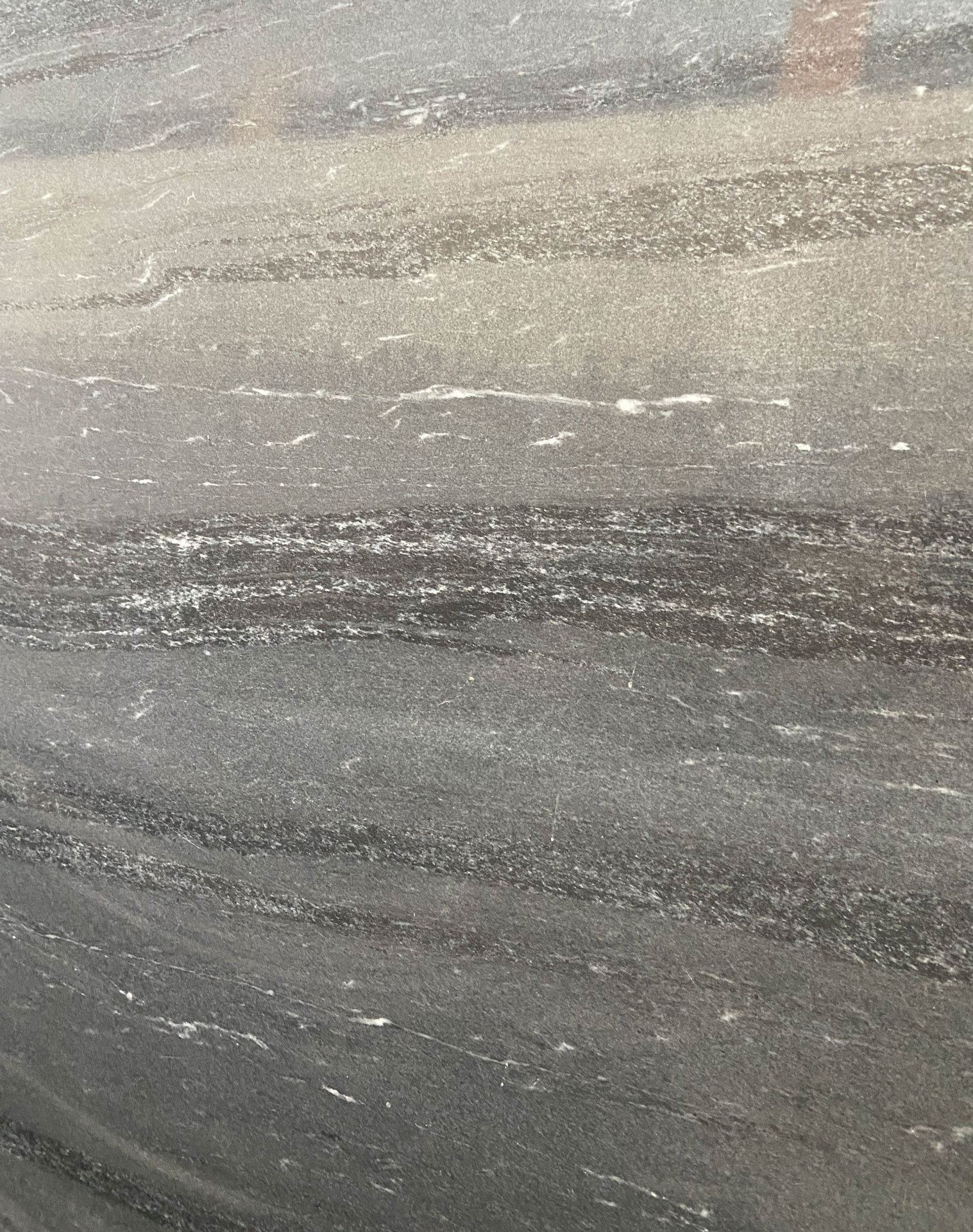
Our high-quality material
Grey Roman
How is Grey Roman Marble?
Grey Roman Marble is a precious stone quarried in Valle D’Aosta, in the areas bordering the Valais Canton in Switzerland, along the course of the Dora Baltea River.
This variety of marble stands out for its grey tones but also for the historical richness and architectural elegance it brings to any project.
Ancient Romans prized it for its unique grey striated colour, which produced a strong visual contrast when combined with pure white Marble or with Travertino.
Whether polished for a high shine, honed for a duller look or rough with a more rustic feel, Grey Roman Marble can be customised to suit any taste or design requirement.
What colour is Grey Roman Marble?
Characterised by a medium hardness that makes it particularly manageable for different types of stonework, Grey Roman Marble is immediately recognisable by its sophisticated grey background colour, which can vary from a very dark and deep grey to softer and lighter shades.
This basic nuance is complemented by a series of veining patterns, typically lighter grey or white, which add depth and character to the stone with a dynamic visual texture, making each Grey Roman Marble slab uniquely fascinating.
Colour variations in Grey Roman Marble can be attributed to the specific geological conditions of the quarry, as mineral composition and environmental factors play a key role in the stone’s final appearance.
Available in various finishes and cuts, Grey Roman Marble can be customised to meet specific design requirements, making it a favourite among custom builders and designers.

HOW TO USE GREY ROMAN MARBLE
The versatility of Grey Roman Marble is one of its most significant attributes. Architects and designers favour this marble for a variety of applications, mainly indoors.
In residential environments, it is often employed for flooring, wall coverings, staircases and in decorative furnishing elements.
In commercial spaces, Grey Roman Marble is frequently selected for reception areas, conference rooms and other high-impact areas where its beauty and durability can be displayed.
Choosing Grey Roman Marble goes well beyond selecting a material, it means investing in a piece of history that adds value to any property. Its appeal ensures that it is not just a passing fad, but rather a permanent feature in the world of architecture and high-end design.
A wide range of finishing
Grey Roman Marble's elegant aesthetics can be further embellished if the material undergoes specific surface treatments, such as:
Polished
Polished Grey Roman Marble is one of the most popular finishes, enhancing its natural beauty. This finish not only enhances its aesthetic appearance, but also accentuates the colour characteristics of the marble. Polishing generates a smooth, shiny surface that reflects light and brings out the stone colours.
Honed
Honing is an important step when processing Grey Roman Marble to achieve uniformly smooth slab surfaces. If compared to polishing, honing produces a less shiny appearance while still maintaining the elegance of the marble, enhancing its understated beauty and refinement without compromising the aesthetic quality of the material.
Rough
Rough Grey Roman Marble slabs offer the natural texture and original characteristics of this precious stone, with its typical colour nuances. The untreated marble surface is particularly suited to architectural projects or decorative elements that require a more harmonious appearance, when integrated in natural or rustic settings.
Request information
History of Grey Roman Marble
Historically, the extraction of Grey Roman Marble began during the Alps Romanisation process, under the Augustan Empire, with the foundation of Augusta Praetoria (today’s Aosta), a strategic site for communication routes to Gaul provinces.
This location became an important centre for the dissemination of architectural models influenced by the empire capital, known for the use of brightly coloured stones in prominent buildings.
Marble was not only employed in large architectural projects, but also used to make floors, tombstones, stelae, plinths and sarcophagi, decorated with inscriptions and reliefs.
Grey Roman was also used in the cloister of the Collegiate Church of Sant’Orso in Aosta, where its 12th century columns and narrative capitals offer a splendid example of Romanesque art.
Today, Grey Roman Marble continues to be a symbol of luxury and historical continuity, bridging the gap between ancient opulence and modern sophistication.

